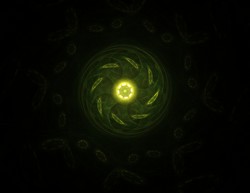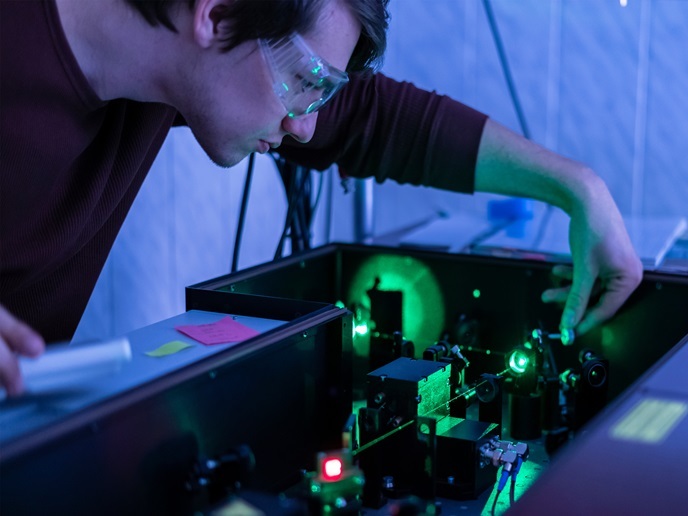A laser fusion facility for Europe
The EU-funded project HIPER (European High Power Laser Energy Research Facility (Preparatory Phase Study)) was initiated to design a large-scale laser that will be used to demonstrate energy production from inertial fusion. Furthermore, it will support a broad base of high-power laser interactions science. The process called inertial fusion was demonstrated in the 1970s using lasers to implode a capsule of fusion fuel and release energy. Thereafter, significant research efforts have been devoted to the development of lasers that can drive such capsules to the point where energy release can be harnessed. With the latest generation of lasers developed at the National Ignition Facility in the United States, researchers have fired the first shot towards ignition. They demonstrated a self-sustaining fusion reaction that releases more fusion energy from the capsule that is delivered by the laser system. HIPER, the laser facility endorsed by European research institutions, and with direct industry involvement, aims to place Europe at the forefront of the pursuit of fusion energy. The success of the EU-funded project will lead to a showcase of the industrial and commercial potential of laser fusion. Although construction is not foreseen for the next few years, HIPER has set solid foundations for meeting demands for abundant and secure carbon-free energy sources. The new laser-fusion design will lead the way to critical advances in power plant-scale technology. In other words, HIPER is not a laser fusion power station, but one of the last steps to building one. Fundamental science will also benefit since this will be the world’s most powerful laser, allowing precision measurements on matter that are not possible to date.
Keywords
Nuclear fusion, power stations, HIPER, high power laser, carbon-free energy







